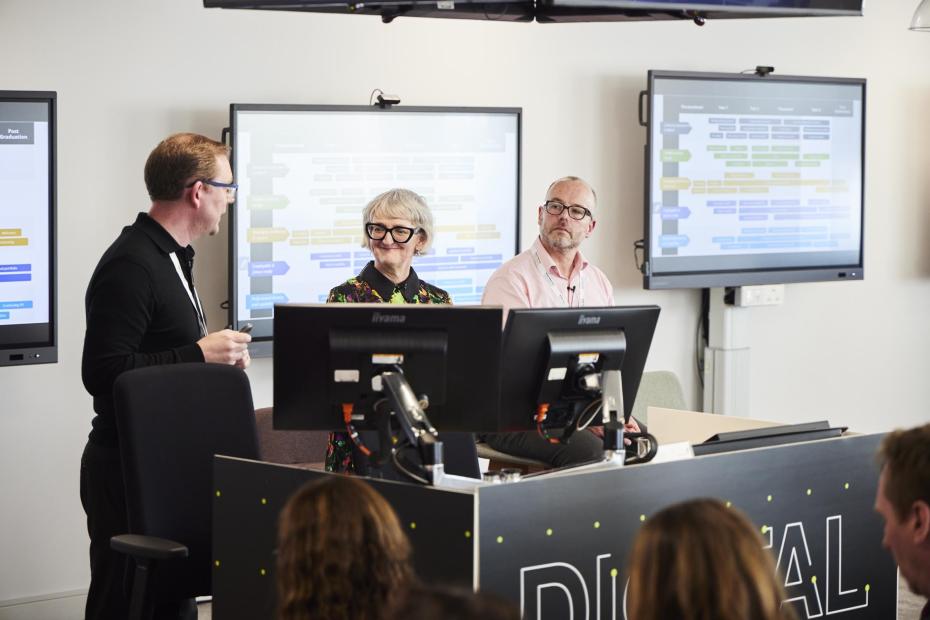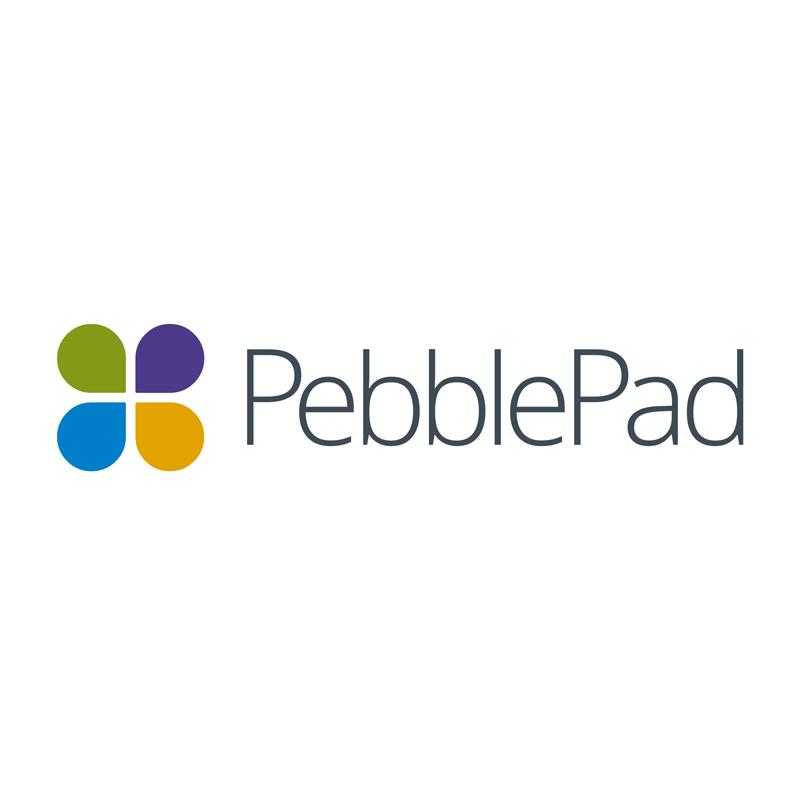
Empowering students through co-creation and reflective experiential learning

Curriculum design faces competing pressures between the need to teach students the academic knowledge they need to understand their subject, and the need to give them a learning experience that allows them to develop the skills required of them in the workplace. Finding the right balance is key to student success.
Speaking at a session during THE Digital Universities UK 2023, held in partnership with PebblePad, Simon Riley, professor of experiential student learning at the University of Edinburgh, spoke of some of the challenges educators might meet when designing reflective experiential learning modules. Some academics will be sceptical, but starting small and using models of excellence to grow the project is one way that universities can actively involve students in their teaching and learning, giving them agency in the assessment process.
“It can be made to work,” Riley said. “We really did it as grassroots up, taking the champions and developing the champions, supporting the champions, and letting it grow organically. But also having genuine leadership and support from the top down is really important.”
The University of Edinburgh has embedded its student-led, individually created courses (SLICCs) in over 25 courses. The SLICC model is flexible enough to accommodate many different modes of learning. Academics define generic learning outcomes and the assessment criteria; the course is a blank canvas. Students create the content and work towards academic-determined learning outcomes.
Edinburgh’s medical students formed their own groups, and picked supervising tutors and a title. They were given teamwork as a learning outcome. “That is life or death in medicine,” Riley said. “They are gaining these professional skills, and it fits within the GMC professional constraints. One group published a cookbook for people who are homeless. Another chose course supervisors from architecture and psychiatry and designed a healthcare setting for people with dementia – “even down to the plants in the garden.”
These SLICC courses might be a “tiny sliver” of the curriculum, but they are credit-bearing, and demonstrate the model’s potential. They allow students from different years to collaborate on the same project. They also offer educators flexibility. By changing just a few words on the learning outcomes they can be applied to pre-honours and professional doctorate students alike.
Support from central administration is key, as is strong leadership. The students’ enthusiasm was immediately evident. “There was real flexibility there,” Riley said. “And they rip your hand off to be able to do a really, really neat thing.”
Find out more about PebblePad.

